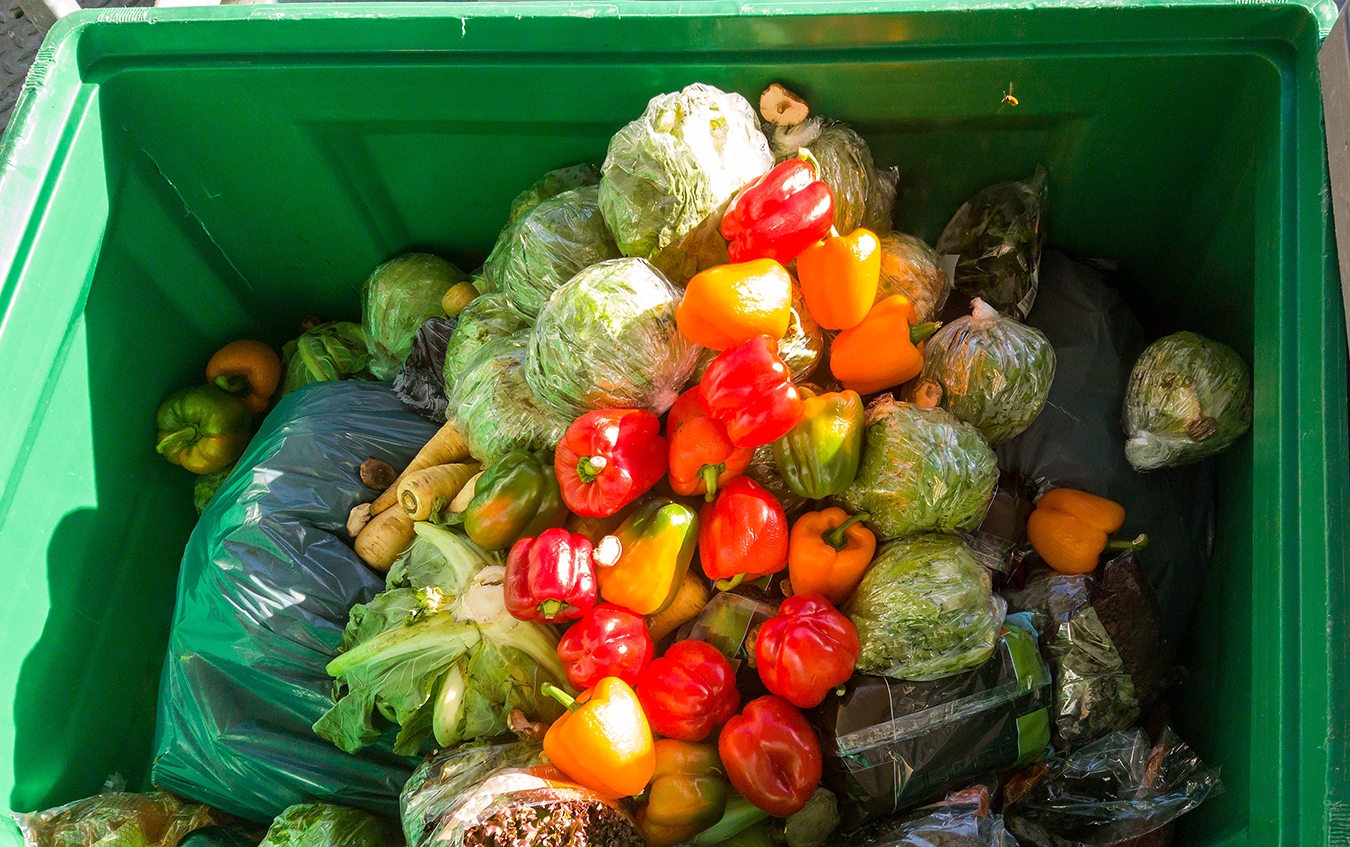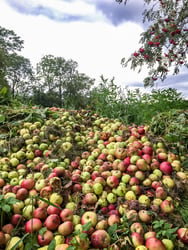
After reading numerous articles and seeing infographics about the scale of food waste, I can't help but feel horrified. The amount of food wasted is staggering and costly in many ways.
But is "food waste" the real problem? I believe it may be a symptom of something else, perhaps related to poorly structured market incentives, procurement or management.
In some cases, acres of fresh food are discarded in the field due to overproduction or food-borne illness, resulting in the loss of entire categories of food. While food-borne illness is severe, the industry's policies and practices for preventing it may seem extreme, with entire food categories being wiped out.
Foodborne illnesses are serious, and I do not  intend to downplay their severity. The consequences of harmful pathogens like Escherichia coli can be devastating. However, if we examine food waste from a different perspective, we may see that our current prevention policies and industry practices seem more like a nuclear bomb aftermath. Despite information speed and traceability challenges, is it necessary to always wipe out entire food categories, causing so much wholesome food to go to waste?
intend to downplay their severity. The consequences of harmful pathogens like Escherichia coli can be devastating. However, if we examine food waste from a different perspective, we may see that our current prevention policies and industry practices seem more like a nuclear bomb aftermath. Despite information speed and traceability challenges, is it necessary to always wipe out entire food categories, causing so much wholesome food to go to waste?
I want to avoid solely blaming consumers for the issue of food waste, as it is a complex problem with many factors at play. While it is true that consumers do contribute to the amount of food that goes to waste, I am not suggesting that individuals should feel pressured to finish every last bite of their meal. It is worth noting, however, that statistics indicate that consumers are responsible for approximately 39% of all food waste, which has gone up since 2012 from 23%. So instead, let's focus on the supply chain, including growers, packers, manufacturers, processors, brokers, distributors, retailers and restaurants.
Fresh food can be challenging to manage due to its short shelf life, fast degradation, and specific handling requirements. Fresh food often comes from natural sources like fields, pastures and oceans, which makes it hard to have a consistent supply. Supplies fluctuate with the unpredictable nature of mother earth. When supply is disrupted, supply chains become reactive, people must intervene, and the whole process can quickly become chaotic. In simple terms, the supply side of the fresh food supply chain is inconsistent.
When it comes to the demand side, things get  even more complex. Consumer preferences and distribution channels are highly fragmented. With millions of consumers making food buying decisions within micro-markets, demand signals become challenging to predict and manage. This makes it hard to match inconsistent demand with inconsistent supply, which leads to food waste when combined with the short shelf life and specific handling requirements of fresh food. To tackle this problem, we must use data to improve our ability to match demand with supply in the fresh food supply chain.
even more complex. Consumer preferences and distribution channels are highly fragmented. With millions of consumers making food buying decisions within micro-markets, demand signals become challenging to predict and manage. This makes it hard to match inconsistent demand with inconsistent supply, which leads to food waste when combined with the short shelf life and specific handling requirements of fresh food. To tackle this problem, we must use data to improve our ability to match demand with supply in the fresh food supply chain.
At Procurant, we recognize the need for a better way to combat this issue. We see the limitation of current technology and the need to look forward instead of focusing on historical data. We can work towards better alignment and reduce waste by anticipating demand and projecting supply. However, this requires a forward-thinking approach from supply chain executives and operators using innovative technology. At Procurant, we understand the complexities of fresh food and the problem of food waste.
We're ready to tackle this issue using forward-thinking solutions. Are you?
These Stories on Supply Chain
Procurant USA LLC
475 Alberto Way - Suite 230
Los Gatos, CA 95032
1-669-221-1026
info@procurant.com
